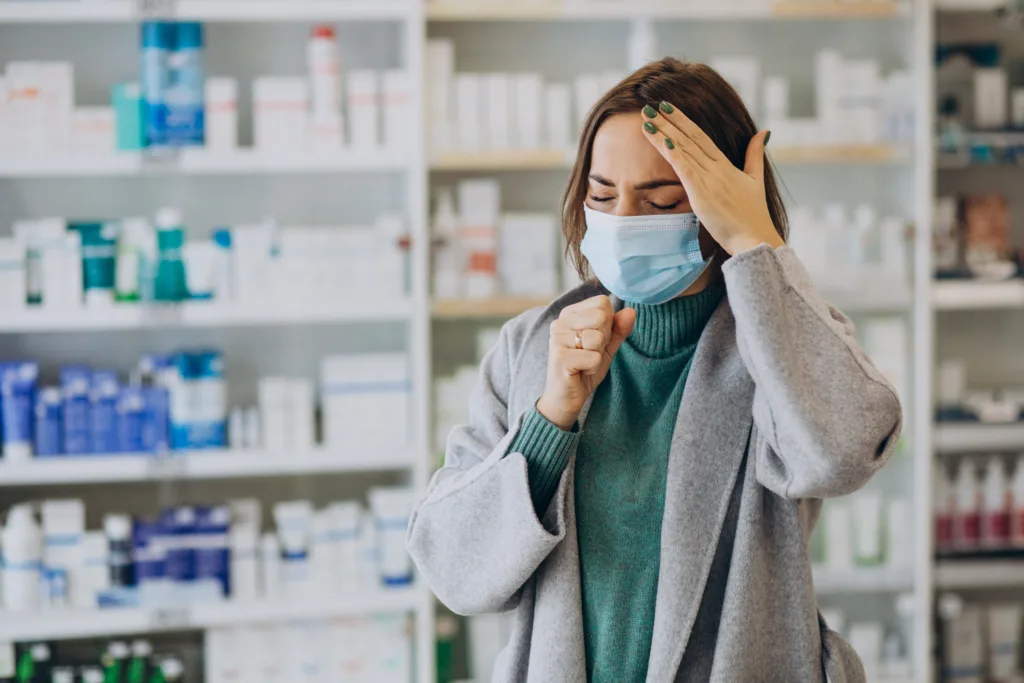Hyperpigmentation ?
The word “hyperpigmentation” refers to the skin’s color, which is influenced by the amount and kind of melanin generated by specialized skin cells called melanocytes. Pigmentation disorders including hyper-pigmentation (dark spots), hypopigmentation (light spots), or depigmentation (white spots or patches) can be caused by changes in melanin production. Due to an increase in the synthesis of melanin, the pigment that gives the skin its color, hyper-pigmentation is a relatively frequent disorder that manifests as dark spots or patches on the skin. Depending on the source of the spot, it may also be called an age spot, a sunspot, a liver spot, a solar lentigo, or post-inflammatory hyper-pigmentation (PIH). Hyper-pigmentation: Causes, Symptoms and Effective Treatments.

Table of Contents
Types and Symptoms of Hyperpigmentation:
It is important to understand the different forms of hyperpigmentation before considering treatment options for each. Post-inflammatory hyperpigmentation (PIH) occurs as a result of skin injury, acne, chemical peels, dermabrasion, or laser therapy. These spots can appear pink, red, brown, or black. Solar lentigines (age spots or liver spots) and melasma manifest on areas of the skin exposed to the sun. When the skin is exposed to harmful UVA and UVB rays, it triggers melanocytes to produce more melanin as a defense mechanism. The increased melanin levels leave dark spots on the skin.
Treatment for Hyperpigmentation:
Topical Creams:
- Using topical creams is the first line of treatment for hyperpigmentation. Stay consistent with the use of creams or serums and expect results to show after weeks or months.
- Hydroquinone: It is a skin-lightening agent that works by reducing the amount of melanin in the skin.
- Azelaic Acid: It addresses inflammation that causes acne and can result in hyperpigmentation. Azelaic acid treats melanin formation and acts as a gentle exfoliant. It is one of the safest and most effective treatments for hyperpigmentation.
- Kojic Acid: Kojic acid is a natural skin brightening agent derived from a fungus. It inhibits the production of tyrosine, an amino acid essential for melanin synthesis.
- Retinoids: Retinoids are a broad term used for vitamin A derivatives. They have gained popularity due to their remarkable effects on the skin. Retinol and tretinoin offer a range of benefits, making them essential in many skincare products. They are miraculous ingredients in skincare known for their anti-aging and skin-lightening benefits.
- Vitamin C: Vitamin C, or ascorbic acid, is a powerful antioxidant that reduces hyperpigmentation caused by sun damage. It works by inhibiting the activity of the enzyme tyrosinase, responsible for melanin synthesis.
- Niacinamide: Niacinamide, a derivative of vitamin B3, helps in the treatment of hyperpigmentation caused by sun damage. It also aids in collagen production.
Cosmetic Procedures:
These are typically performed by certified skin specialists in their offices and require professional equipment. Some options include:
- Photofacial: This treatment uses intense and targeted light to enter the skin, breaking up melanin. The fragmented melanin rises to the skin’s surface, revealing a fresher complexion.
- Chemical Peels: Chemical peeling can be described as a controlled chemical burn on the skin. It uses chemicals like glycolic acid (alpha hydroxy acid) or lactic acid to remove the upper layers of the skin. It eliminates dark spots or hyperpigmented skin and allows fresh skin cells to surface.
- Laser Therapy: If your hyperpigmentation is more severe, consider laser resurfacing treatment. It targets the epidermal layers of the skin by directing light beams onto the skin. This process helps remove the skin’s upper layers and associated pigmentation. Consult with a medical professional to determine if this type of laser therapy is suitable for your skin.
- Microneedling: Microneedling is a dermatological treatment that uses a handheld device with tiny needles to puncture the skin gently. epidermal layer and associated pigmentation. This process allows new skin cells to emerge. Multiple sessions are usually recommended for maximum benefits.
Remember to consult with a dermatologist or skincare professional to determine the most suitable treatment for your hyperpigmentation.





One Comment